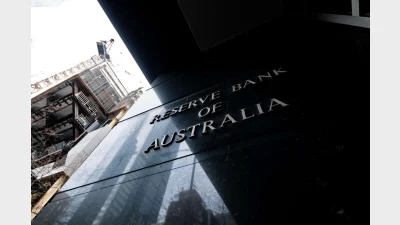North American investor sentiment remains cautious



North American institutional investors are continuing to exhibit caution around geopolitical events, according to the latest State Street Investors Confidence Index.
The index, for September 2017, tells a story of divergent attitudes amongst institutional investors with the caution being exhibited in North America offset by the comparative optimism of those in Asia and Europe.
The Global Investor Confidence Index decreased to 104.4, down 2.4 points from August’s revised reading of 106.8, with the decline in sentiment driven by a 6.3 point drop in the North American ICI to 105.6.
State Street noted that, by contrast, the European ICI rose by 4.7 points to 93.7 along with the 3.7 increase in the Asian ICI to 102.8.
Commenting on the findings, State Street’s Kenneth Froot noted the divergent views between North America, Europe, and Asia.
“Confidence has strengthened in Europe and Asia on the back of optimistic economic conditions. However, it has weakened in North America with renewed geopolitical concerns and the Federal Open Market Committee’s pivotal decision to gradually trim its $4.5 trillion portfolio," he said.
State Street Associates managing director and head of investor behaviour research, Rajeev Bhargava said the risk appetite narrative of recent months had been revolving around monetary policy rhetoric from major central banks.
“While global equity markets appeared to be unnerved by the Fed’s announcements of balance sheet reductions, overall investor sentiment has declined,” he said.
Recommended for you
Reserve Bank governor Michele Bullock has said the central bank sees private demand picking up over the next year, taking over from public demand.
One of Australia’s largest super funds has acquired an equity stake in the institutional investment advisory firm.
Passive investing is reshaping Australian equities, giving rise to a “no information trade” in which large-cap stocks swing sharply despite little or no fresh news.
RBA governor Michele Bullock warns of global trade risks as domestic inflation cools and employment remains near full capacity.







